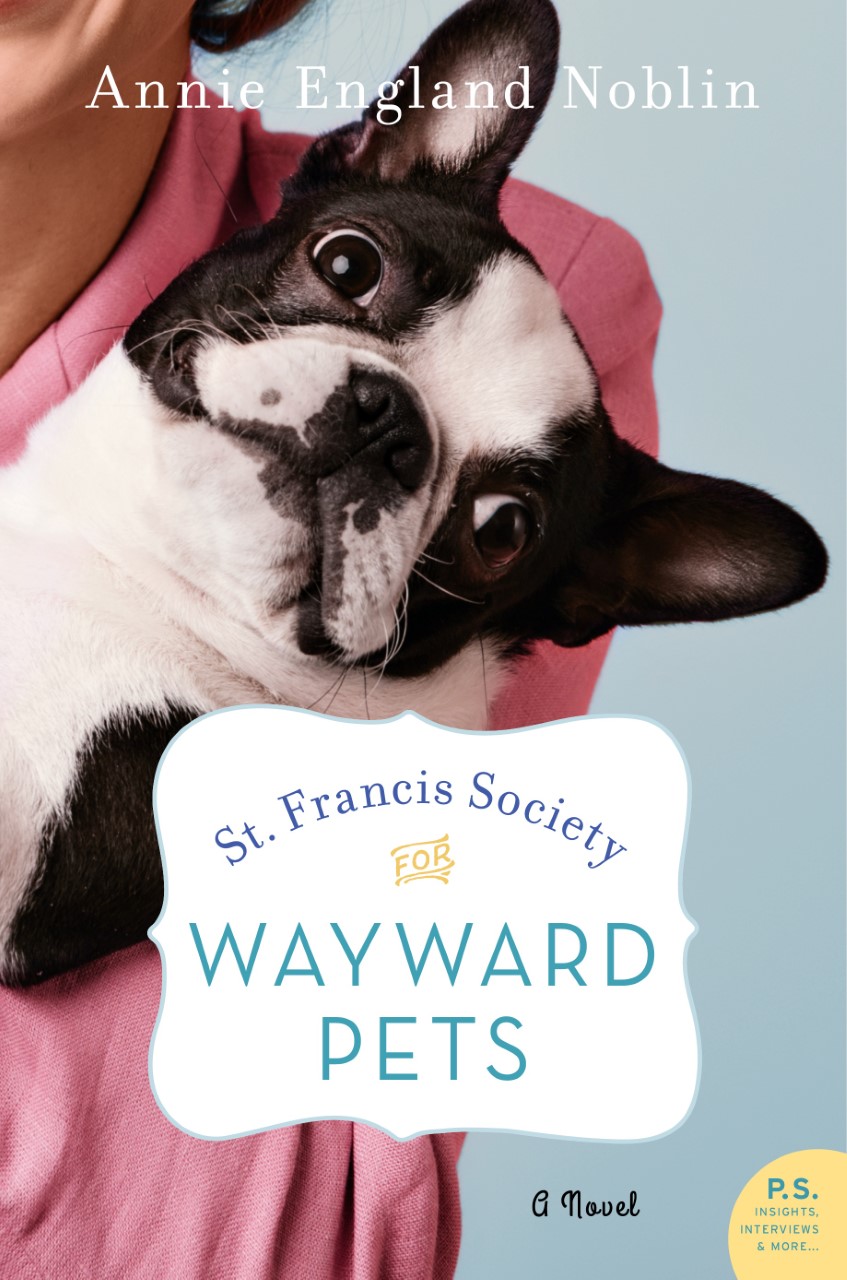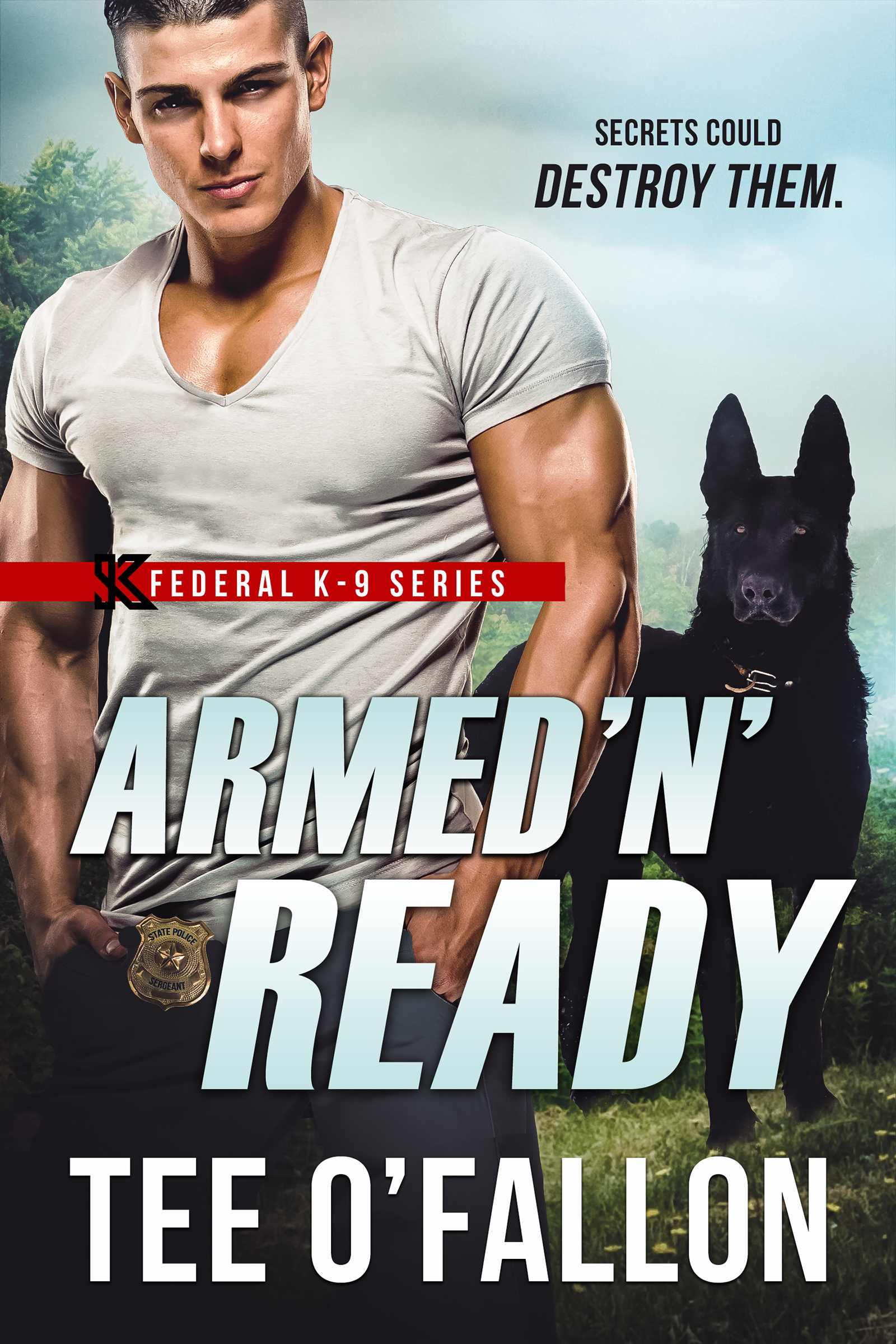1–Homeward Bound: The Incredible Journey: Okay, this movie absolutely had to be #1. It came out when I was 11-years-old, and it still stands as my favorite animal movie ever made. As a kid, I loved the movie because I thought Chance, the naughty and juvenile American Bulldog was hilarious. As an adult, I appreciate the way the character of Chance was portrayed—as a smart, goofy, lovable guy who needed to learn how to trust, and that they chose to make Chance an American Bulldog, which put the breed in a positive light. But the real kicker in this movie is the ending, when Shadow, the elderly Golden Retriever comes up over that hill, and his human, Billy, runs to him as Shadow says, “Oh, Peter! I worried about you so!” Oh my gosh, I cry every single time. Old dogs are the best, man. They’re the best. 2–All Dogs Go to Heaven: I’d just turned 8 when this movie came out in 1989, and my parents took me to the movie theater to see it for my birthday. This movie is actually pretty dark for a kid’s show, though. Dead dogs, orphaned girls, murderous casino owners, and the threat…
Taking on a K-9 series has been one of the most rewarding, yet challenging endeavors of my writing career. Sure, it’s easy to select a breed for my K9 characters or to pick a cool name for the dog, but writing dog-speak? Trust me, it’s not so easy. Not if you want your canine characters to be just as much a part of the show as your human ones. As authors, we have two intrinsic ways of “showing” readers who and what our heroes and heroines are as people and what their personalities are like. One way is through action, and the other is via conversation. What a character says is a fundamental way to convey who that character is and what’s important to them. But how do you do that when one of your main characters isn’t human and can’t talk? English, that is. A dog has basic language skills he/she uses to get its point across: bark, woof, snort, whine, whimper, growl…you get the picture, but there’s no language as we (humans, that is) know it. So how can it be done? How does an author get across to the reader what kind of personality a dog has?…



